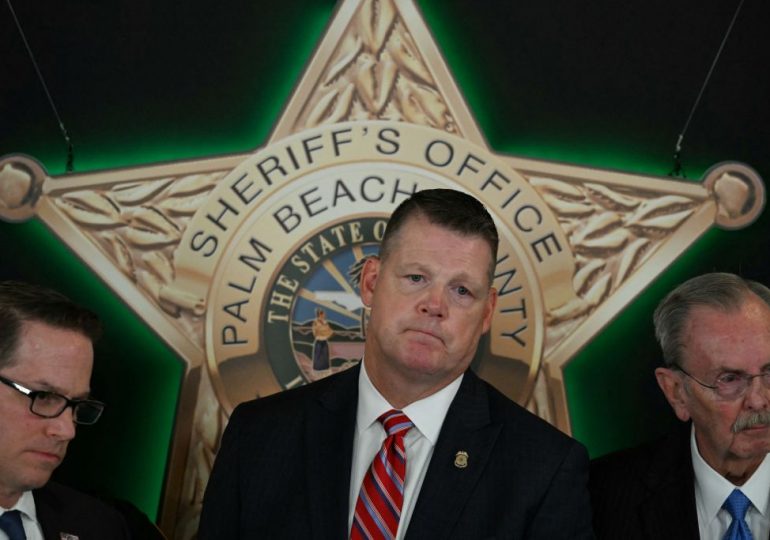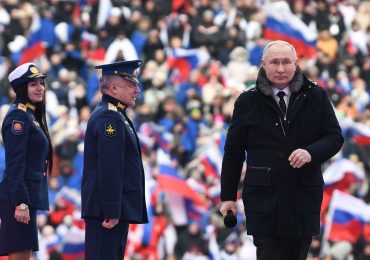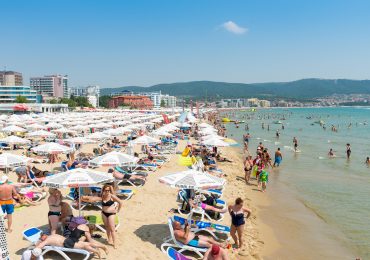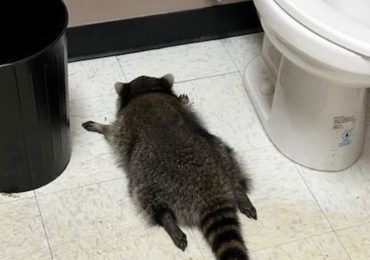A day after the second armed assassin in two months got uncomfortably close to executing former President Donald Trump, the Secret Service is rethinking its approach to protecting current and former Presidents, the head of the agency said Monday.
[time-brightcove not-tgx=”true”]
“We need to get out of a reactive model and get into a readiness model,” acting director Ronald L. Rowe, Jr. told reporters in West Palm Beach, Fla., on Monday, as he acknowledged that the storied agency is stretched thin during a busy campaign season.
The Secret Service’s most well-known mission is to protect the country’s current and former Presidents, and presidential candidates. But for years, the agency has been plagued by insufficient budgets, understaffing, antiquated technology, and scandal—such as when a Secret Service detail scouting for a trip by President Obama to Cartagena, Colombia, was caught bringing prostitutes back to their hotel rooms.
Now lawmakers are openly asking whether the Secret Service has assigned enough agents to Trump’s detail after two failed assassination attempts.
Some critics have speculated that the Biden administration was purposely depriving Trump of enough Secret Service protection. That’s not the case at all, says Rep. Jason Crow of Colorado, the top Democrat in the bipartisan task force investigating the assassination attempt against Trump in Butler.
“The sitting president and both candidates are receiving the same level of Secret Service security protection,” says Crow. But he adds that the agency is being asked to do more than ever before, leaving agents overworked and undermining the agency’s “level of readiness.”
“We’re asking a lot of the agents of the Secret Service, and there’s no doubt in my mind that we need to give them additional resources, additional staffing, to do what we’re asking them to do,” says Crow.
Rowe said that the Secret Service has “done more with less for decades” and at the moment the men and women of the Secret Service are maxing out their overtime shifts. “We are redlining them,” Rowe said.
While Trump was playing the fifth hole of his course Sunday afternoon, Trump’s security detail spotted a man in the trees along the fence line near the sixth green and opened fire on him, Rowe said. Officers found a cell phone and a loaded SKS-style rifle with a scope on the scene and eventually apprehended Ryan Wesley Routh, 58, who was charged with gun crimes in federal court on Monday. Cell phone records indicate Routh was in the area for nearly 12 hours, according to investigators.
Rowe said Monday that the Secret Service wasn’t able to inspect the course ahead of time because the golfing visit wasn’t on Trump’s official schedule, meaning that Trump had not given the Secret Service much advance notice before going to the course. “The President wasn’t supposed to be there,” Rowe said. The Secret Service exercised their “emergency plan based on our tactical assets” and “that security plan worked,” he said.
To address the new level of threats, Rowe said he has “ordered a paradigm shift.” The methods used to protect current and former Presidents and presidential candidates worked on Sunday, but failed to prevent a would-be assassin from firing off a barrage of bullets in Butler that killed one rally goer and was inches away from taking Trump’s life.
The Secret Service is facing a “dynamic threat environment,” Rowe said. That requires more trained agents to be ready to deploy before the unforeseen happens.
President Biden told reporters at the White House on Monday that he supports more funding and agents for the Secret Service. “The Service needs more help. I think the Congress should respond to their needs, if they, in fact, need more Service people,” Biden said.
The number of federal agents needed by the Secret Service spikes during campaign seasons, when it has to guard candidates for President and Vice President, as well as protect large complex events like the party conventions. At the same time, the Service has to guard a large number of former Presidents: Jimmy Carter, Bill Clinton, George W. Bush, Barack Obama and Trump.
When the agency needs to, it taps federal law enforcement officers from other federal agencies like Homeland Security Investigations, the Transportation Security Administration, Immigration and Customs Enforcement, Customs and Border Protection, and the U.S. Marshals Service.
“We’re in an era right now where there are a lot of demands” on the Secret Service, says John Sandweg, a former acting general counsel of the Department of Homeland Security, the agency that oversees the Secret Service. On top of that, Trump is a “lightning rod,” notes Sandweg. “Trump being Trump clearly requires a much greater share of resources than other former presidents,” he says.
Sandweg says Congress should explore whatever creative funding ideas it needs to so that the agency can “build a surge capacity” from within a cadre of special agents that are trained for this work.
Leave a comment








